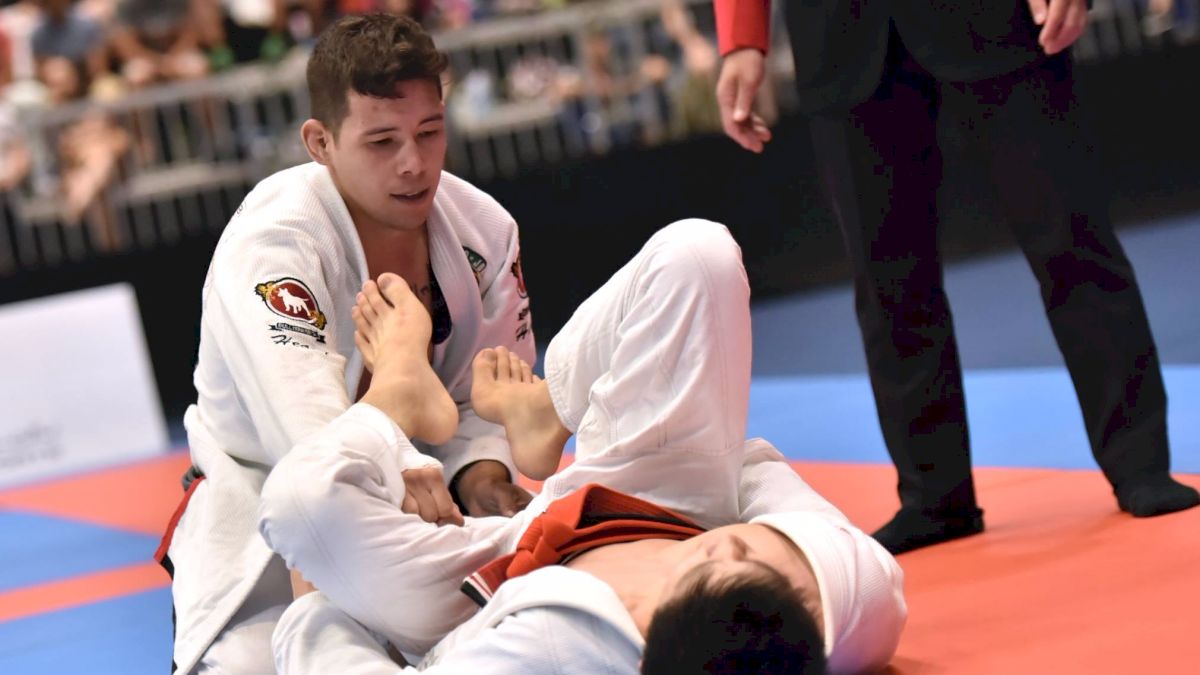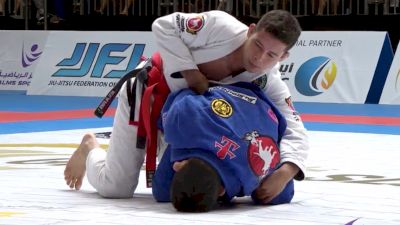Jorge Nakamura: Competing With An Injury With No Cure
Jorge Nakamura: Competing With An Injury With No Cure
Despite the permanent injury, he would go on and to win many gold medals in the adult divisions.

By Vitor Freitas | While still a purple belt back in 2008, Jorge Nakamura suffered a serious knee injury in training that resulted in three torn ligaments and peroneal nerve damage in his leg.
Nakamura managed to undergo surgery on his knee, but the nerve damage was irreparable. The peroneal nerve provides sensation and motor function to parts of the lower leg, and the injury gave him a permanent case of "foot drop." It affects how he walks, and he is prevented from flexing his foot.
Even with the injury Nakamura was able to develop his jiu-jitsu and earn his black belt. Despite the permanent injury, he would go on and to win many gold medals in the adult divisions.

"After my injury, my teachers, Marcio Tubarao and Julio Cesar, helped me to readjust my game in order to minimize the chance that my opponent attacks my injured leg during the competition," Nakamura said. "Along with my training partners I get better every workout.”
Now, nine years after the injury, not only does Nakamura compete in the regular divisions on Brazil's national scene, but he is a common sight in the UAEJJF para jiu-jitsu divisions as well.
Para jiu-jitsu divisions are present at events such as the UAEJJF Abu Dhabi World Pro and the Abu Dhabi Grand Slam series. Dedicated categories exist for jiu-jitsu practitioners who have hearing, visual, motor, intellectual, and physical disabilities.
Nakamura is once again pulling double duty this weekend at the Abu Dhabi Grand Slam in Rio de Janeiro in the 57kg black belt division and his para jiu-jitsu category.
“The para jiu-jitsu came to show that jiu-jitsu is for everyone, no matter their age nor limitations,” Nakamura said.
“This greatly motivates people who may be thinking about quitting halfway. To attend a para jiu-jitsu match, they think twice and stop complaining and head to the mat. I believe para jiu-jitsu can be deployed worldwide to help physical and mental rehabilitation for many people with special needs. It is one of the main goals of the pioneers of this project, the UAEJJF.”

Para jiu-jitsu competitors are separated by the disabilities, with up to 13 categories including amputees, spinal cord injuries, motor disabilities, and more.
“They have specific rules, where we can’t attack the opponent’s injured areas,” Nakamura said. “We follow all the other rules on the mat and fight like a conventional category.”
The para jiu-jitsu divisions at the Abu Dhabi Grand Slam Rio de Janeiro start at 2 PM local time on Sunday, Nov. 12. Watch it live on FloGrappling.
